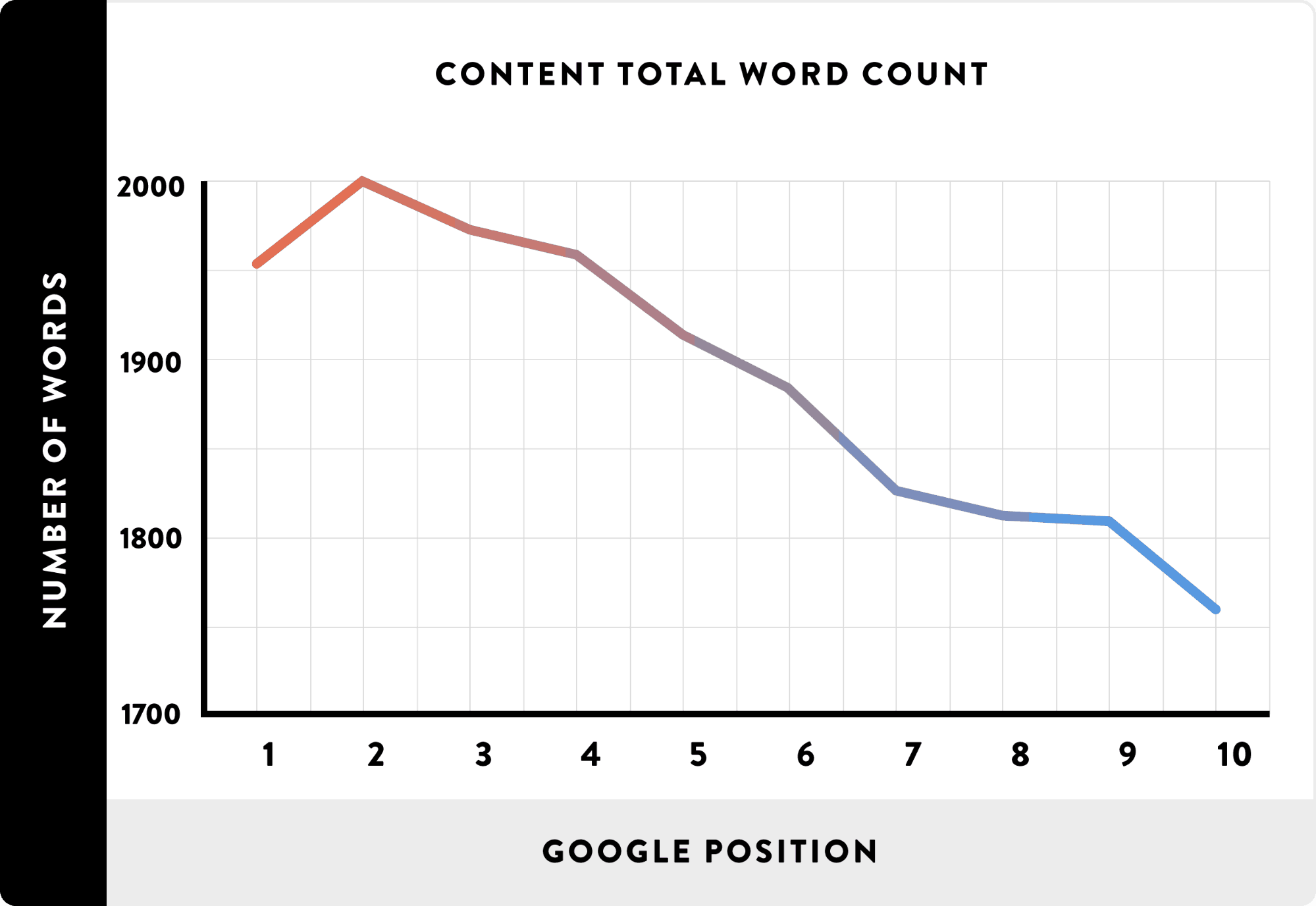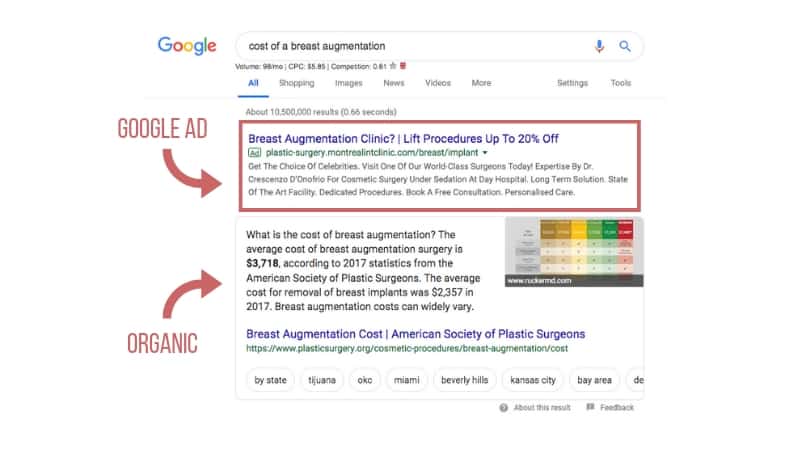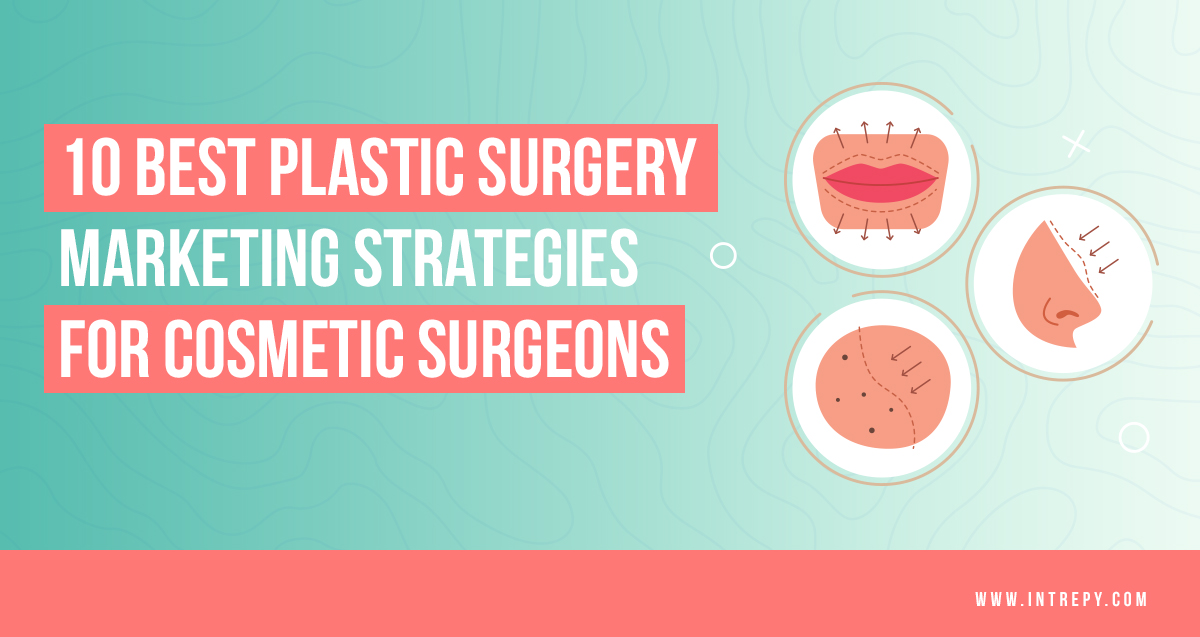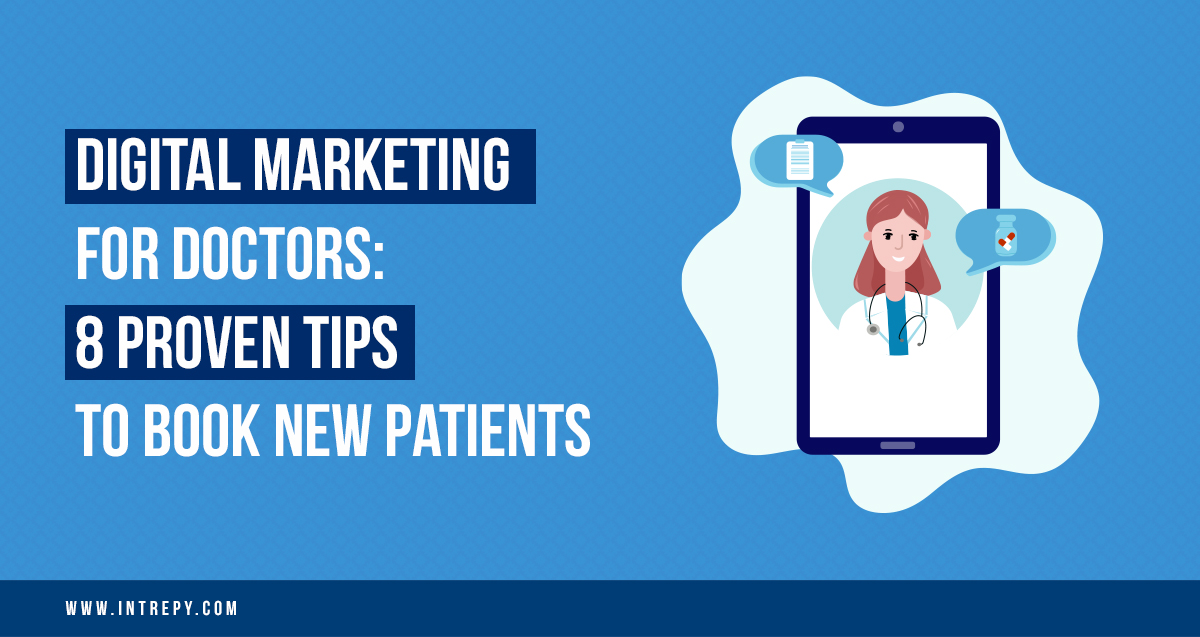No matter what practice you own, SEO and PPC can be vital for reaching new patients.
While traditional marketing used to be enough to get by and keep your practice growing, nowadays an effective healthcare marketing strategy means everything.
If you aren’t present on the web and you don’t work hard to build your online presence, you could see your revenue start to decline.
The digital marketing mountain is a tough one to climb. Especially in the medical space, finding the right healthcare marketing strategy isn’t easy. When it comes to understanding digital marketing, it’s essential first to understand the many aspects of SEO and pay per click (PPC). In this post, we’ll discuss what you need to know to improve your SEO and PPC for doctors.
How does SEO Work?
Medical Search Engine Optimization involves optimizing a website to improve rankings on Google, Yahoo, Bing, and other search engines. Whenever we search for something through a search engine, we generally click on one of the top results that we see.
Search engine optimization is the strategy to get your website to land in the top spot in search. Given that users click on the links located at the top of the list, it’s vital that you make a strong effort to appear in one of those top results.
Many technical and non-technical factors help boost the ranking of a website, but there are a few things that stand above the rest in terms of importance: high-volume keywords, quality content, and useful title tags and meta descriptions.
An Active Content Marketing Strategy
The first step in developing a healthcare content marketing strategy should be to complete keyword research to find the keywords that users are searching for the most. It’s essential to use a variety of keywords that are focused on the services and care that you provide. After you found the keywords you would like to target, it’s time to add these words to high-quality content. Google is becoming very smart as they will rank websites higher if they have more relevant, quality content on their pages. However, you never want to overstuff your content with keywords as you might see a drop in rankings.
Keep in mind that length is a critical factor in ranking well for a particular piece of content that you create. Take for example you want to target the search traffic for “cost of breast augmentation”.
To do so, it would be a great idea to create a 2,000-word blog post on “What is the cost of a breast augmentation?”. Make sure it is in-depth, contains long-tail keywords and includes proper H tags.
Based on research the average blog post in the 1st position is 1,890 words. See the graphic below.
Google My Business for Local SEO
A great local SEO strategy doesn’t just include focusing on your website. You need to make sure you turn your attention to critical 3rd party sites and influence search rankings.
The #1 place to start is claiming, verify and completing in ENTIRETY your Google My Business. Make sure the NAP info (name, address, phone, etc) all match exactly the information on your contact page on the website.
After you have done that, make sure to emphasize building new reviews on for GMB page as this is one of the most critical local ranking factors when someone searches for your type of practice.
What is PPC (Pay Per Click)
SEO involves reaching the top of “organic” search results which are the non-sponsored searches. To move your way into the top slots, you have to enter the world of pay per click medical ppc advertising or PPC. The top 2-3 results that contain the word “Ad” are paid for via the Google Ads platform.
While it’s possible to reach the #1 spot on Google search results, it can take a while to reach that spot with organic SEO efforts.
Therefore a faster, more direct solution is called pay-per-click. PPC (pay-per-click)? is a strategy where companies are charged a fee each time their link is clicked on. These are sponsored links that are put at the very top of Google search results and can produce a large number of clicks.
While SEO earns those top organic spots over time, PPC is a shortcut to the front of the line — for a fee of course. Using PPC, advertisers bid on the perceived value of a click. This value is determined by the keywords used, search volume, the platform, and the audience type involved. Typically, if you’re trying to target a highly-searched keyword such as “healthcare,” this will cost you more money per click.
A Blend of Both Worlds
Now you may be wondering; should I focus on SEO or PPC? The simple answer — a combination of both can be ideal. While an effective SEO for healthcare campaign will bring you the most cost-effective exposure over time, an effective PPC strategy can bring you highly targeted results in the near term.
As PPC continues to grow in popularity, it will become increasingly expensive to advertise on Google and Bing. This means, that while PPC is a critical component of a successful strategy, you do not want to rely on it long term to drive revenues.
However, depending on the geographical area and focus of your business it can take 3, 6 or even 12 months to grow your SEO organically and that is time you cannot wait to drive leads to the business.
Therefore, leveraging Google Ads is an excellent solution for businesses as they implement a long-term organic SEO strategy for their business. As you begin to bear the fruit of your SEO labor, you can shift more of the budget in that direction lessening the monthly ad spend.
We have seen this strategy gainer high levels of results and revenue for our clients while staying in line with their budgets long-term.
Improve SEO and PPC for your medical practice wrap up
Improving your SEO and PPC strategy starts by understanding the values that both serve and learning how to leverage each or ideally a blend or both to develop a successful marketing strategy for your practice.
If you need help check out the medical marketing services we offer.





